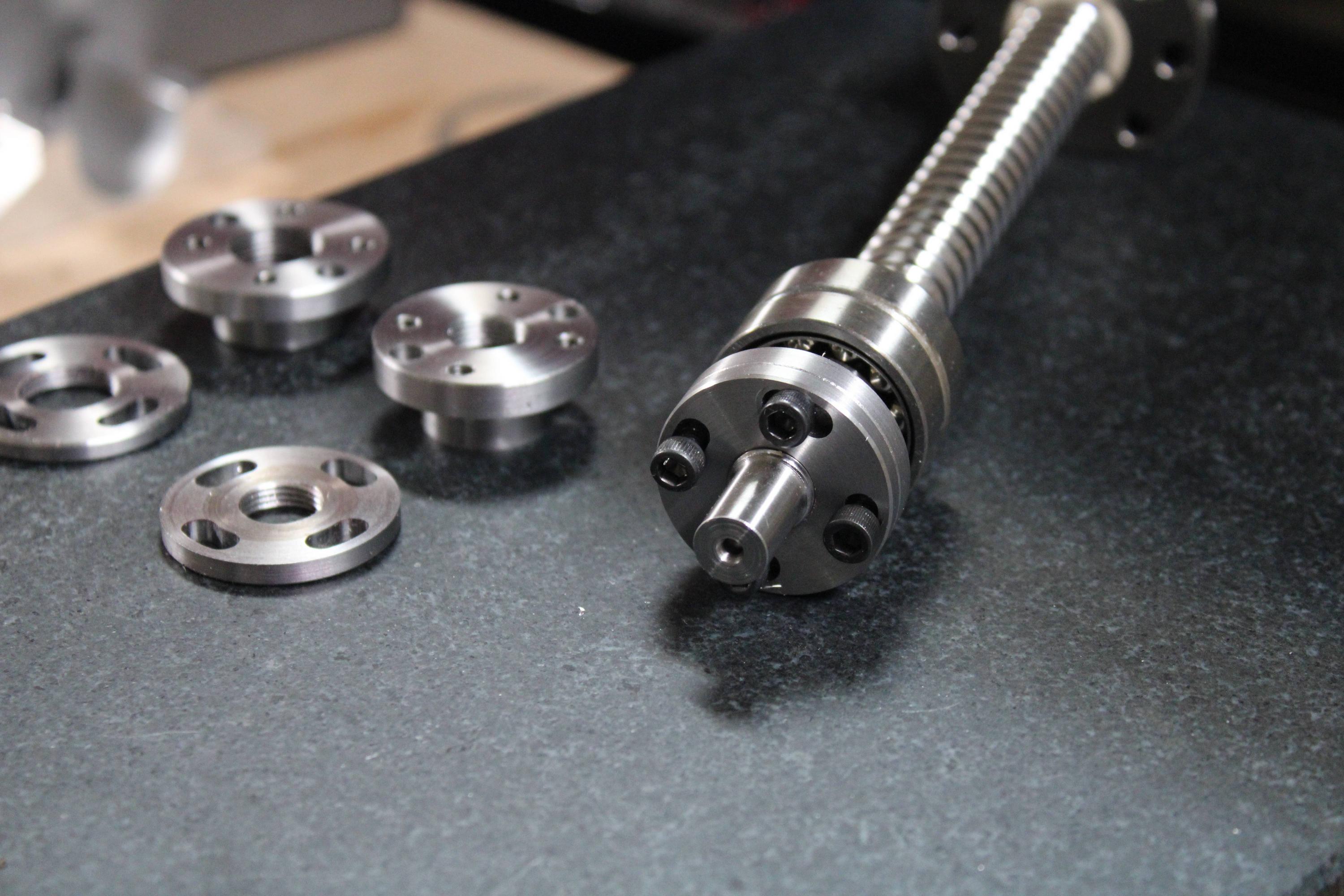- Joined
- Nov 24, 2018
- Messages
- 239
It is most likely due to improperly set preload between the two ball nuts. Not sure what software you are running, but you can likely compensate for it until you are able to fix. I have about .002-.0025 on each axis, and even that is enough to give an undesirable performance.


